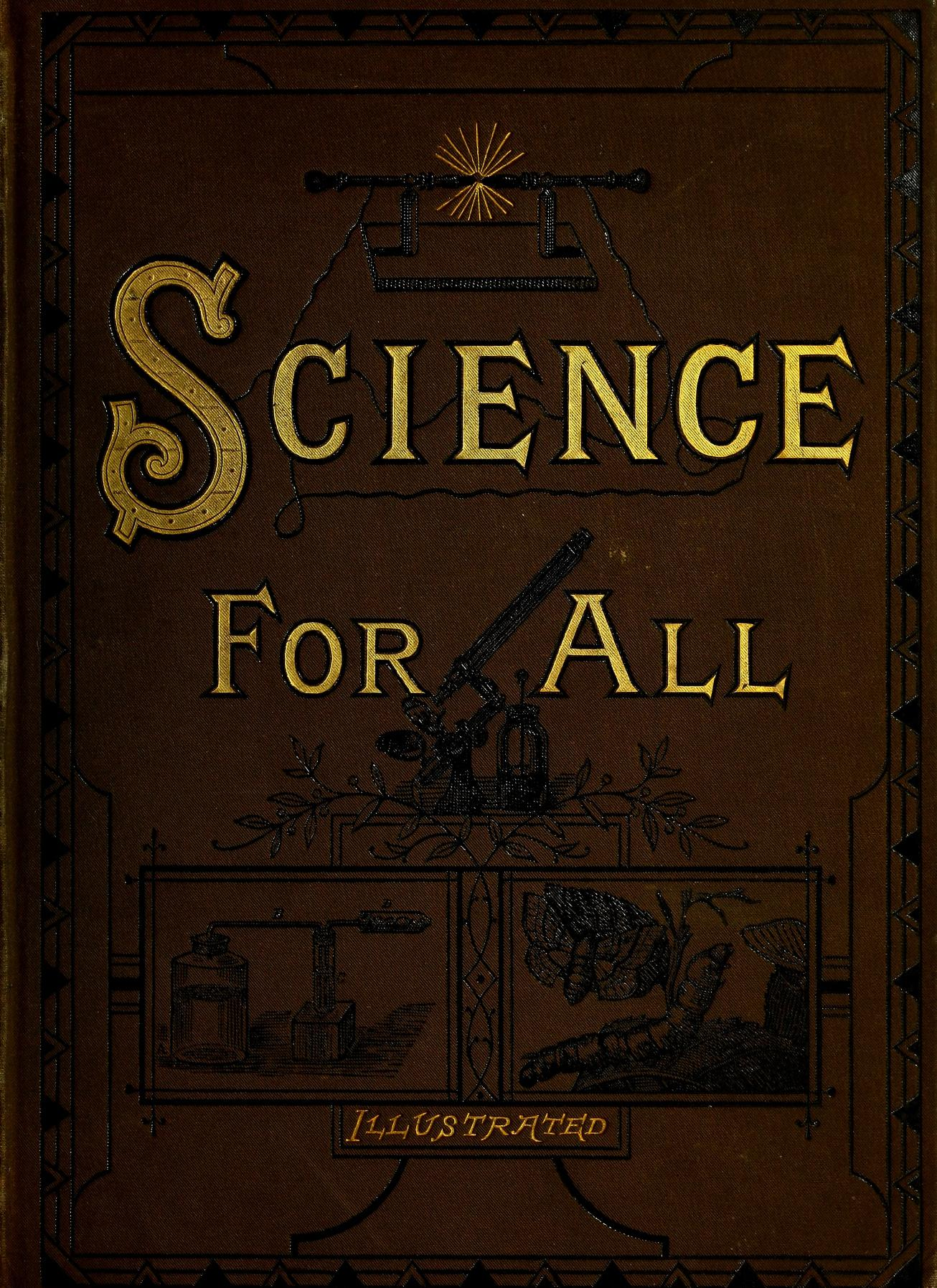Science For All
DOI:
https://doi.org/10.31273/eirj.v4i1.153Keywords:
Open Science, Science Publishing, Open AccessAbstract
Science is the best method humanity has for understanding the universe and our place in it. However, despite its astonishing achievements, the implementation and communication of science is not without problem. In this article the development of scientific publishing is discussed, as is its subsequent impact on scientific discovery and on the profession itself. The ways in which a move towards a more open science framework might alter how science is reported and ultimately performed is also addressed.
Downloads
References
Attard, J., F. Orlandi, S. Scerri and S. Auer (2015), ‘A systematic review of open government data initiatives’, Government Information Quarterly, 32, 399–418
Bartling, S. and S. Friesike (eds) (2014), Opening Science: The Evolving Guide on How the Internet is Changing Research, Collaboration and Scholarly Publishing, Springer International Publishing
Barton, R. (1998), ‘Just before Nature: The purposes of science and the purposes of popularization in some English popular science journals of the 1860s’, Annals of Science, 55 (1), 1–33
Begley, C. G. and L. M. Ellis (2012), ‘Drug development: Raise standards for preclinical research’, Nature, 483, 531–533
Blatt M. R. (2015), ‘Vigilante Science’, Plant Physiology, 169, 907–909
Brown, R. (ed.) (1877), Science For All, London: Cassell, Petter, Galpin & Co
Callaway, E. (2016), ‘Open-access journal gets £25-million boost’, Nature, 534, 14–15
Fanelli, D. (2010), ‘Do pressures to publish increase scientists’ bias? An empirical support from US States Data’, PLoS ONE, 5, e10271
Foster, J. G., A. Rzhetsky and J. A. Evans (2015), ‘Tradition and Innovation in Scientists’ Research Strategies’, American Sociology Review, 80, 875–908
Hampton, P. (2015), Pressure to ‘publish or perish’ may discourage innovative research, UCLA study suggests, http://newsroom.ucla.edu/releases/pressure-to-publish-or-perish-may-discourage-innovative-research-ucla-study-suggests accessed 1 August 2016
HEFCE (2015a), Monographs and Open Access, http://www.hefce.ac.uk/media/hefce/content/pubs/indirreports/2015/Monographs,and,open,access/2014_monographs.pdf accessed September 26
HEFCE (2015b), The Metric Tide: Report of the Independent Review of the Role of Metrics in Research Assessment and Management, http://www.hefce.ac.uk/media/HEFCE,2014/Content/Pubs/Independentresearch/2015/The,Metric,Tide/2015_metric_tide.pdf accessed September 26
Horton, R. (2015), ‘Offline: What is medicine’s 5 sigma?’, Lancet, 385, 9976, 1380
Kaiser, J. (2015), Q&A Outgoing HHMI chief reflects on leading $19 billion biomedical charity, http://www.sciencemag.org/news/2015/08/qa-outgoing-hhmi-chief-reflects-leading-19-billion-biomedical-charity accessed 1 August 2016
Kravitz, D. J. and C. I. Baker (2011), ‘Toward a New Model of Scientific Publishing: Discussion and a Proposal, Frontiers Computational Neuroscience, 5, 55
Matosin, N., E. Frank, M. Engel, Sl. L. Lum and K. A. Newell (2014), ‘Negativity towards negative results: a discussion of the disconnect between scientific worth and scientific culture’, Disease Models & Mechanisms, 7, 171–173
Nature Editorial (2012), ‘Must try harder’, Nature, 483, 509
Nielsen, M. (2012), Reinventing Discovery: The New Era of Networked Science, Princeton: Princeton University Press
Oldenburg, H. (1665), ‘The Introduction’, Philosophical Transactions of the Royal Society of London, 1, 1–2
Pinfield, S., J. Salter and P. A. Bath (2016), ‘The “total cost of publication” in a hybrid open-access environment: Institutional approaches to funding journal article-processing charges in combination with subscriptions’, Journal of the Association for Information Science and Technology, 67, 1751–1766
Robertson, M. (2009), ‘Ockham’s broom: A new series’, Journal of Biology, 8, 79
Scargle, J. D. (1999), Publication Bias (The “File-Drawer Problem”) in Scientific Inference, arXiv:physics/9909033
Schekman, R. (2013), ‘How journals like Naure, Cell and Science are ruining science’, The Guardian, 9 December 2013, http://www.theguardian.com/commentisfree/2013/dec/09/how-journals-nature-science-cell-damage-science accessed 1 August 2016
Suber, P. (2012), Open Access, Cambridge: The MIT Press, also available at http://mitpress.mit.edu/sites/default/files/9780262517638_Open_Access_PDF_Version.pdf accessed 26 September 2016
The Netherlands EU Presidency (2016), Amsterdam Call for Action on Open Science, http://english.eu2016.nl/binaries/eu2016-en/documents/reports/2016/04/04/amsterdam-call-for-action-on-open-science/amsterdam-call-for-action-on-open-science.pdf accessed 1 August 2016
The Royal Society (2012), Science as an open enterprise, http://royalsociety.org/~/media/Royal_Society_Content/policy/projects/sape/2012-06-20-SAOE.pdf accessed 26 September 2016

Downloads
Published
Issue
Section
License
Authors who publish with this journal agree to the following terms:
Authors retain copyright and grant the journal right of first publication with the work simultaneously licensed under a Creative Commons Attribution License (CC-BY), which permits use and redistribution of the work provided that the original author and source are credited, a link to the license is included, and an indication of changes which were made. Third-party users may not apply legal terms or technological measures to the published article which legally restrict others from doing anything the license permits.
If accepted for publication authors’ work will be made open access and distributed under a Creative Commons Attribution (CC-BY) license unless previously agreed with Exchanges’ Editor-in-Chief prior to submission.
Authors are able to enter into separate, additional contractual arrangements for the non-exclusive distribution of the journal's published version of the work (e.g., post it to an institutional repository or publish it in a book), with an acknowledgement of its initial publication in this journal.
Authors are permitted and encouraged to post their work online (e.g., in institutional repositories or on their website) prior to and during the submission process, as it can lead to productive exchanges, as well as earlier and greater citation of published work. (see: The Effect of Open Access)
